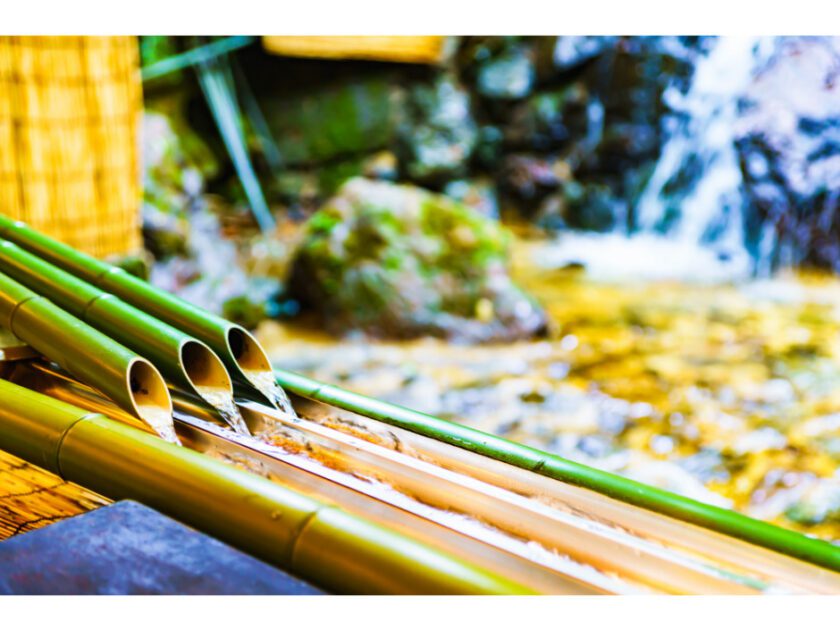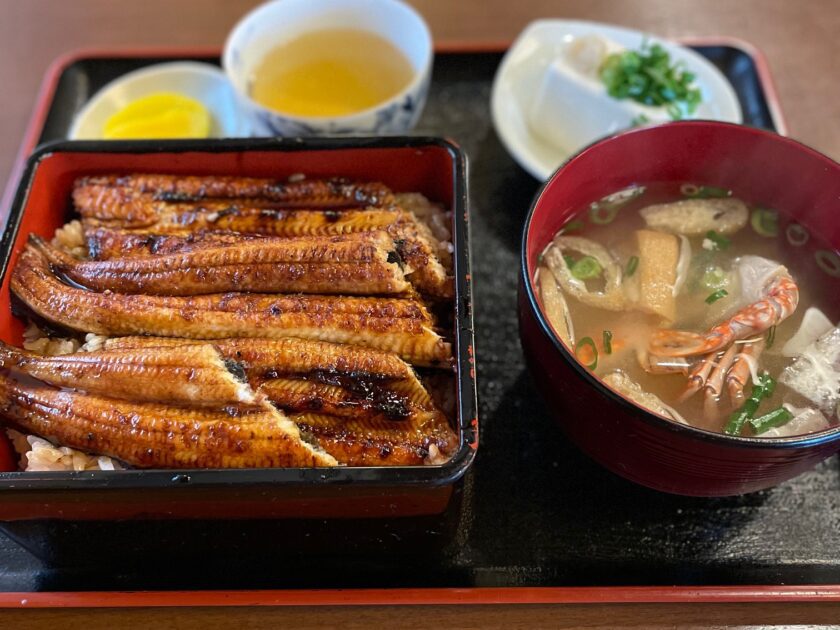Nagashi Somen : A traditional summer noodle in Japan
Nagashi Somen : A traditional summer noodle in Japan English LIST “Nagashi Somen” is the first thing that comes to Japanese People‘s minds when they think of summer meals in Japan. People pick thin somen noodles with their chopsticks that are flowing down in cold water in a slanted bamboo chute and dip the noodles in tsuyu sauce. It is a cool and refreshing way of eating, which is perfect for the hot and humid Japanese summer. It is a meal but also a fun event during Japanese summer. There is also “Somen Nagashi” where noodles are flowing around a motorized slider machine instead of bamboo chut. These Somen Nagashi machines are commercially available, so you can enjoy “Somen Nagashi” at home with your family as well. Here is a list of 28 “Nagashi Somen” and “Somen Nagashi” restaurants in Japan in English and traditional Chinese characters. If you are planning to visit these areas, why don’t you try the Japanese fun summer tradition? The most popular restaurants are Hirobun (Kyoto Prefecture), Tsukimae-no-taki Momijien (Ibaraki Prefecture), Miwa Somen Nagashi (Nara Prefecture), Chaya Kado (Kanagawa Prefecture), and Amidagatakiso (Gifu Prefecture). 繁體中文(Traditional Chinese LIST) 說起日本的夏日美食,各位首先聯想到的可能就是“流水素面”。把竹子劈成兩半後,於竹子中間倒入冷水和素面,並用筷子夾取流動的素麵食用。這是一種非常適合在炎熱夏天的飲食方式。不只可以享用清爽美味的素面,更是作為一項有趣的消暑活動, 日本國內十分受歡迎。 另外,最近市面上開始販售能把素麵放進桌邊周圍的人造水流裡流動,在家也能享受“流水素面”的塑料桌子。



